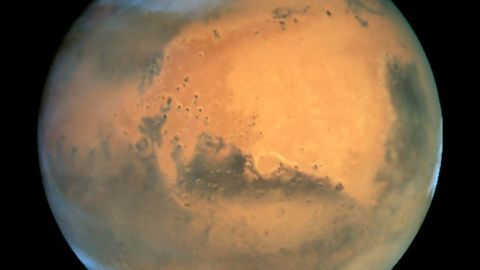Dear Congress: We Need Money. Love, NASA.

Hope was in the air at NASA last month, when, in addition to celebrating the 40th anniversary of landing the first man on the moon, the agency also got a new boss: former astronaut Maj. Gen. Charles Bolden. At his confirmation hearing before a Senate committee, Bolden embraced a bold plan to go beyond Earth orbit and maybe as far as Mars. But even then the cloud of reduced funding hung over NASA.
The cloud darkened last week. The committee leading the Review of U.S. Human Space Flight Plans, charged by President Obama to review the options for where human exploration could and should go, said there just isn’t enough money to send astronauts back to the moon or on to Mars by President Bush’s target date of 2020, and probably not in any time soon thereafter.
Despite nominating a four-time shuttle pilot in Bolden to lead NASA, Obama never seemed sure about continuing his predecessor’s ambitious human space exploration plans, and the White House had trimmed NASA’s share of the federal budget. In a recession full of bank bailouts and car company takeovers, it appears, there’s just too little money to fly to Mars. Instead, the panel recommended sending people to less ambitious targets—a near-Earth asteroid, or the LaGrange points where the Earth’s and the sun’s gravitational fields cancel each other out.
Space flight isn’t the only area where NASA has been charged with an ambitious goal and given too little money to achieve it. Another report, this one by the National Academy of Sciences, recently found that the agency also lacked the funds to complete its near-Earth object project. Congress asked NASA to locate 90 percent of the NEOs bigger than 140 meters in diameter by 2020, but according to the report, we won’t get there.
That’s not to say the government has totally shafted science; Fermilab and others got millions through the federal stimulus package for their research. But the kind of inspiring, ambitious projects that catapulted NASA to prominence in its heyday of the 1960s require a sustained, large investment. Without it, they’ll always be another 5, or 10, or 20 years away.





